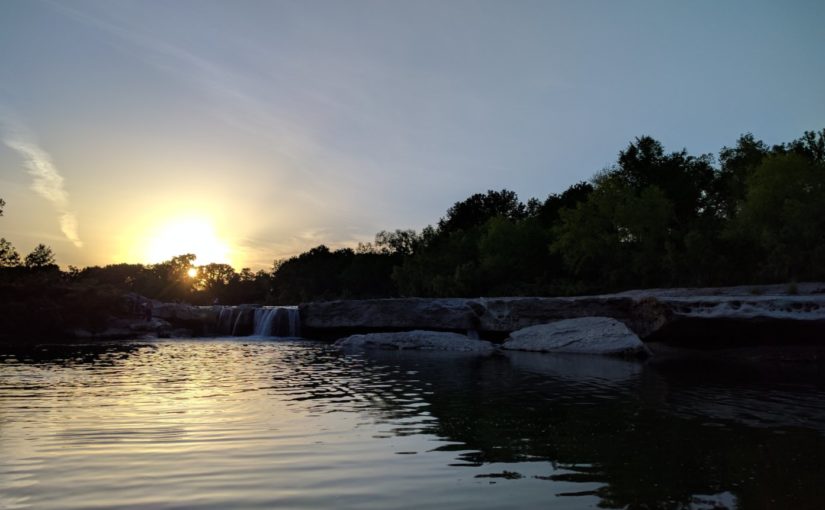-
Spring Creek Reflections
Last night I took a walk with a friend in Pundt Park. We experienced some of the trails, and then ended up over by the canoe launch. We decided to walk down to check it out. When we came down the sandy embankment and found ourselves face to face with Spring Creek, I was filled…
-
Solitude in Cross Creek Ranch
A rare thing happened last week. My two year old came home from daycare and went to sleep. Suddenly, we had spare time. I offered my husband first rights of refusal, but he wanted to stay home. Not me. I left and headed out to my favorite place, the wetlands at Cross Creek Ranch. I out…
-
McKinney Falls State Park, Last Month

Last month, we explored a state park we hadn’t been to yet, as part of my ambitious camping plan I planned out last fall. The older boys opted to spend the weekend at Grandma’s house. Somehow this was preferable to spending the weekend in close quarters with us, which might be a sign that we have…
-
March for Science – Houston

My ten year old son stands in the right hand corner of this photo, trying to hold our signs up while I take the photo. By this time, he is hot, tired and ready to go. He wasn’t interested in finding a place to sit or stand to listen to the pro-science speeches after the…


